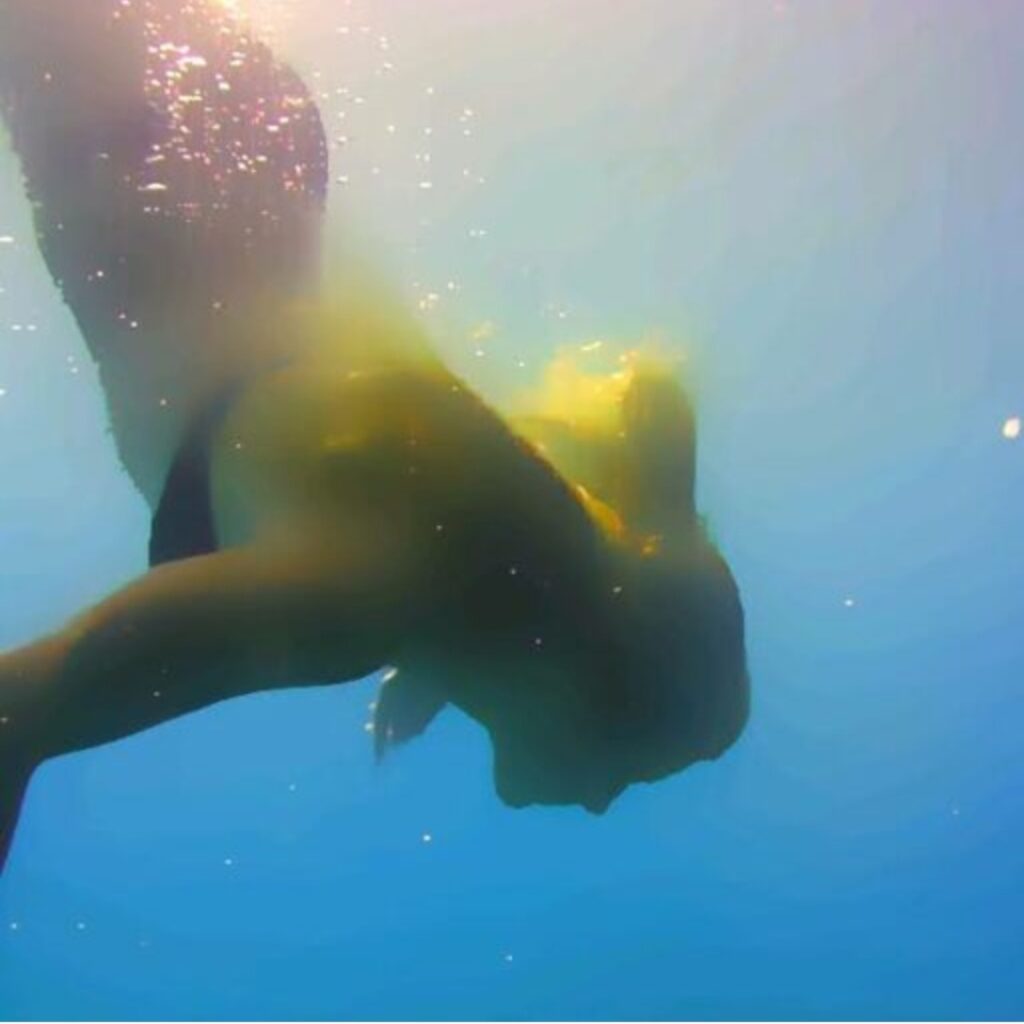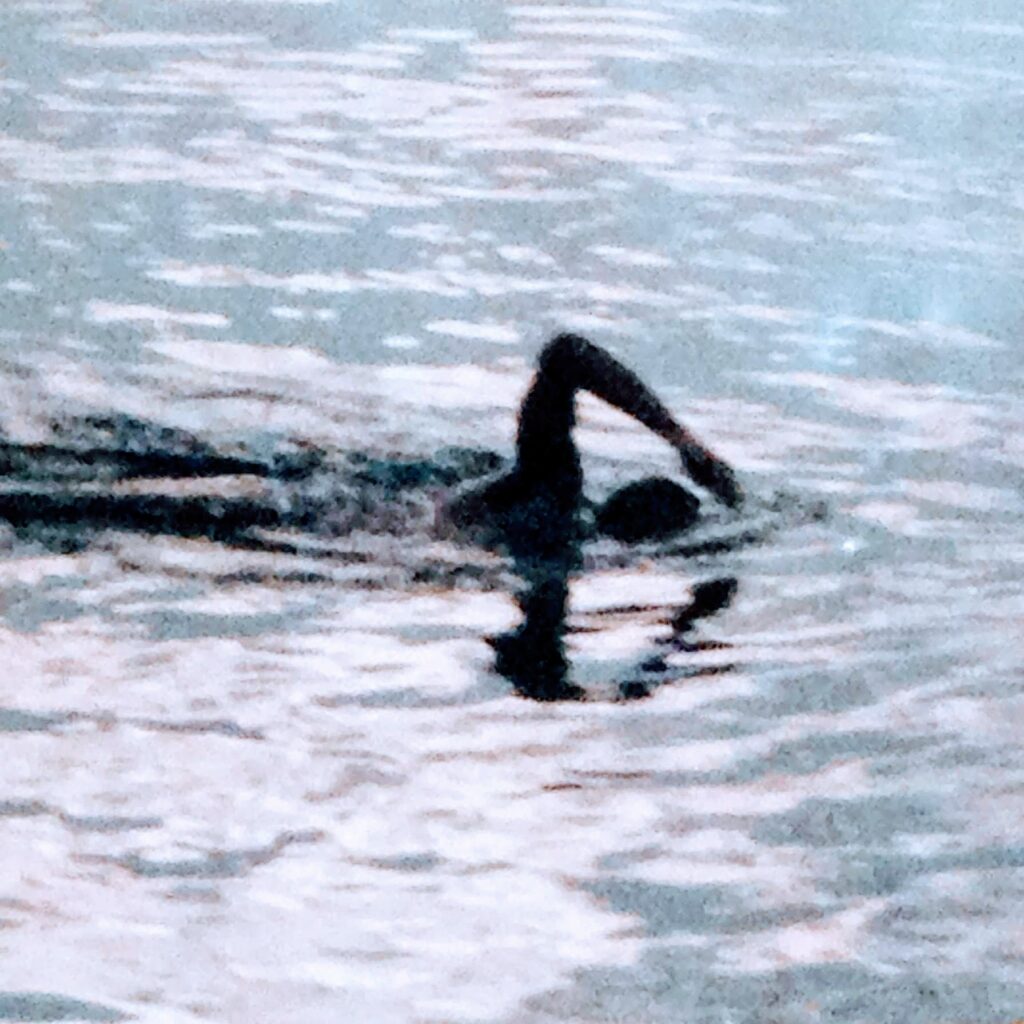In ricordo di Piero Angela trascriviamo letteralmente l’articolo/intervista “Divulgare la scienza“, a firma Giancarlo De Leo per Poliziamoderna, rivista ufficiale della Polizia di Stato, pubblicata il 01/03/2012.
Autore di fortunati programmi di informazione, Piero Angela, uno dei protagonisti del calendario della polizia, parla di sè e di come vede il futuro della televisione
Uno dei volti televisivi più noti e popolari presso il grande pubblico, considerato il “divulgatore scientifico” per eccellenza della televisione italiana, Piero Angela è il protagonista del mese di marzo del calendario della Polizia di Stato. Vero pioniere dell’informazione radiotelevisiva (il suo programma SuperQuark, in onda dal 1995, è il punto di riferimento nel campo dei documentari scientifici, storici e naturalistici), autore di molti libri – alcuni dei quali tradotti in inglese, tedesco, francese e spagnolo – venduti in milioni di copie, racconta a Poliziamoderna la sua esperienza professionale rispetto alla televisione e ad alcuni temi di attualità.
Nell’immagine di marzo del calendario lei è ritratto accanto alla Lamborghini e all’aereo P180, due mezzi adibiti anche al trasporto di organi. Lei è a conoscenza di questa attività della polizia? Cosa pensa della donazione di organi in Italia?
Ne ero a conoscenza e penso sia un merito per la polizia. Riguardo questo punto credo che in Italia ci sia ancora molto da fare soprattutto in termini di corretta comunicazione. Sull’argomento circolano infatti molte chiacchiere infondate, veicolate con estrema leggerezza da personaggi famosi, che purtroppo arrivano a milioni di persone. In questo senso, una volta commesso un grosso danno, risulta difficile ripararlo; la smentita di un serio scienziato non ha mai l’eco di una corbelleria firmata da un personaggio popolare. Voi della Polizia di Stato difendete i cittadini dai malfattori e dalle truffe, noi giornalisti cerchiamo di difenderli dalle false informazioni: una missione parallela che ci rende in qualche modo affini e che in fondo credo “legittimi” anche la mia presenza nel vostro calendario.
La sua passione non è sempre stata solo il giornalismo, sappiamo che uno dei suoi amori giovanili è stata la musica, in particolare quella jazz. Cosa c’è in comune tra questi suoi interessi?
In effetti da giovane sono stato un musicista dilettante con potenzialità professionali. Ho fatto anche dei piccoli tour suonando in giro per l’Italia facendo parte di trii e quartetti che si esibivano nei jazz club. Una esperienza di cui ho fatto tesoro nel mestiere di giornalista. Il linguaggio della musica mi ha insegnato i cambiamenti di ritmo, di intensità, le variazioni sul tema e le digressioni che tuttora utilizzo nelle mie comunicazioni per non apparire – appunto – monocorde. È assolutamente essenziale, per ogni divulgatore, non annoiare mai chi guarda e ascolta, a maggior ragione se gli argomenti trattati sono molto seri.
In una televisione generalista è possibile mantenere un’identità riconoscibile? SuperQuark o Ulisse potranno migrare verso qualche canale tematico per non correre il rischio di essere confusi con programmi che non hanno alcuna validità scientifica?
Come giornalista per me è assolutamente naturale rivolgersi ad un pubblico che sia il più vasto possibile, anche per stimolare l’attenzione di chi non si orienterebbe autonomamente verso i temi che proponiamo. In fondo è proprio questa la funzione del divulgatore: dapprima far sorgere un interesse e poi aumentare il livello di consapevolezza del “normale” telespettatore relativamente ad un tema che altrimenti rimarrebbe circoscritto a pochi addetti ai lavori o cultori della materia e del tutto ignoto ai più. Per questo stesso motivo non vedo il futuro di Superquark o di Ulisse in palinsesti specializzati: questi canali potrebbero essere utili soprattutto agli studiosi e agli appassionati di questo o quell’argomento, ma corrono il rischio di diventare dei club per pochi, delle vere riserve indiane mediatiche.
Pensa che la televisione generalista rischi di perdere il pubblico più giovane?
È incontestabile che i giovani si stiano allontanando dalla televisione, dirigendosi sempre più verso altri terminali come i tablet e gli smartphone: ma è vero che anche loro continuano a guardare la tv, magari veicolata da Internet, sul proprio pc. Poi ci sono i tanti anziani – e la popolazione invecchia sempre di più – che non si servono delle nuove tecnologie e rimangono fedeli alla televisione tradizionale. Se si guardano i dati di ascolto delle trasmissioni televisive si vede che il bacino di utenza complessivo in realtà è aumentato, in particolare le ore quotidiane di fruizione pro capite – si arriva ad una media oltre quattro ore –, e questo è un dato veramente rilevante. È da tenere presente poi che purtroppo nel nostro Paese è il tubo catodico a tenere banco rispetto per esempio ad altre attività come la lettura. Per molte persone il piccolo schermo è rimasto l’unico gancio culturale disponibile e proprio per questo l’offerta dovrebbe essere sempre più aperta, strutturata e stimolante. Al contrario la moltiplicazione dei canali meramente tematici rischierebbe di condizionare la scelta dello spettatore solo sull’argomento che gli interessa, fiction o trasmissioni calcistiche o altro, impoverendo il ventaglio di informazioni che potrebbe ottenere. Detto questo, sicuramente in un contenitore generalista ci può essere il rischio di confondere l’utente con proposte solo in apparenza somiglianti. Non resta che confidare nella maturità dello spettatore e nella sua capacità di discernimento. D’altra parte, ognuno è responsabile in toto per i propri prodotti e personalmente posso garantire solo per i miei… per concludere in leggerezza, vogliamo infine dire che “il mondo è bello perché è vario?”
Lei è tra i fondatori del Cicap (Comitato italiano per il controllo delle affermazioni sul paranormale) un’organizzazione per promuovere un controllo sui fenomeni scientificamente inspiegabili. In una società dove spesso sedicenti maghi e veggenti approfittano delle persone psicologicamente deboli quanto valore ha l’affermazione di George Santayana “lo scetticismo è la castità dell’intelletto”?
La speculazione a discapito dei creduloni è assolutamente reale e si manifesta in forme più o meno gravi, l’oroscopo ne costituisce l’espressione più diffusa e meno dannosa. Purtroppo, per contrastare efficacemente il problema ci vorrebbe una campagna di informazione collettiva con numerosi testimonial qualificati e conosciuti. Personalmente, anche come scrittore, sono molto impegnato in questo senso, (ndr: ha scritto anche un libro sull’argomento :Viaggio nel mondo del paranormale e ha una rubrica fissa: “L’altra campana” sulla rivista Scienza e Paranormale), ma la mia voce è sempre stata piuttosto isolata.
Lei è anche autore di numerosi libri che spesso approfondiscono gli argomenti trattati nelle sue trasmissioni. Che ne pensa delle nuove tecnologie applicate all’editoria? Legge anche i libri in formato digitale sui tablet o sugli e-book reader?
Sono assolutamente consapevole dei vantaggi offerti dalle nuove tecnologie come l’economicità, il risparmio di spazio, di peso e la conseguente disponibilità di una intera biblioteca in pochi centimetri quadri, ma ritengo che questi strumenti siano perlopiù destinati alle nuove e alle nuovissime generazioni, i cosiddetti “nativi digitali”; personalmente continuo ad apprezzare maggiormente la tradizionale carta stampata, facendo parte della generazione dei “nativi gutemberghiani!”.
data pubblicazione articolo originale: 01/03/2012
link articolo originale sul sito ufficiale di Poliziamoderna; Divulgare la scienza (poliziadistato.it)







